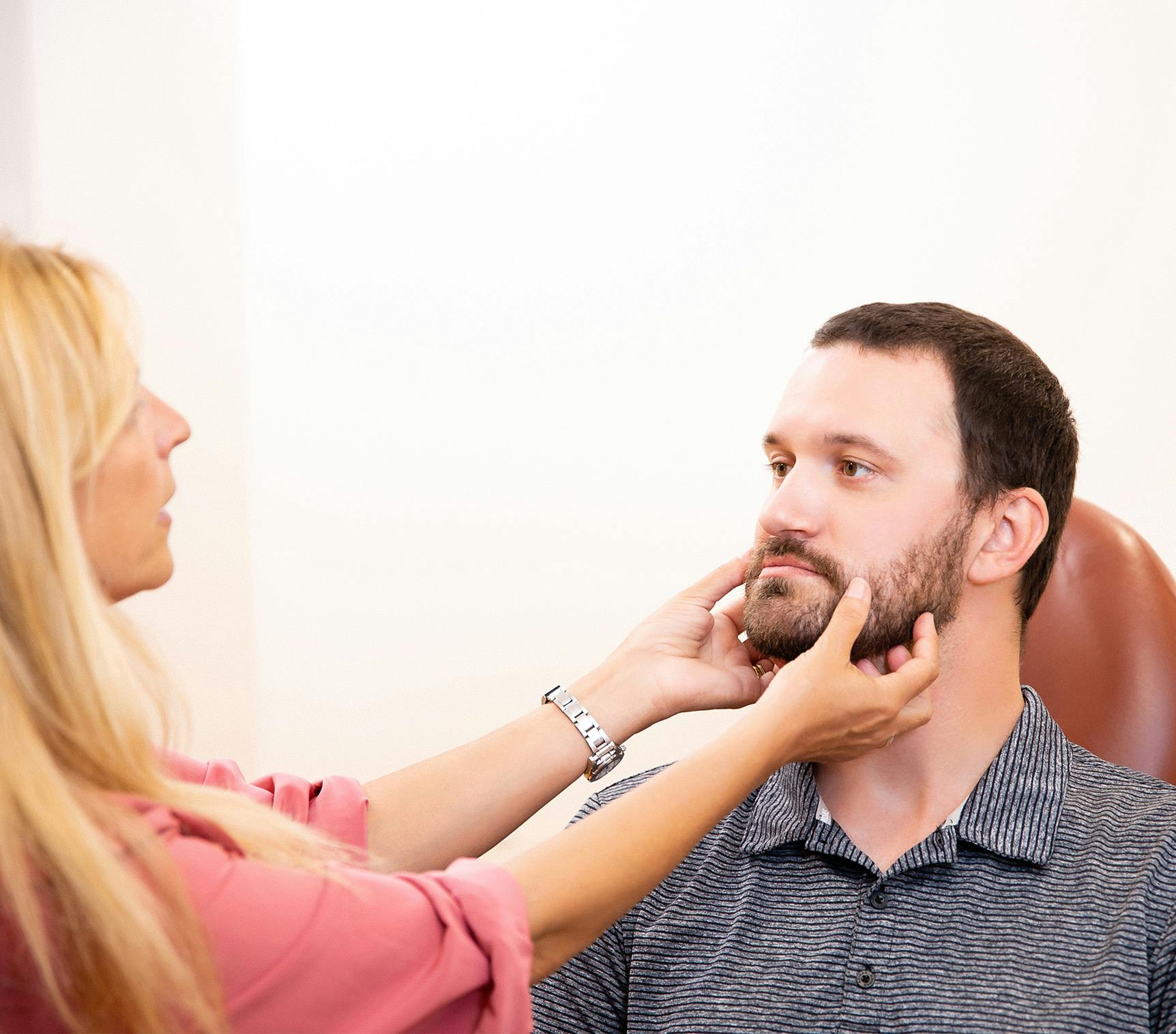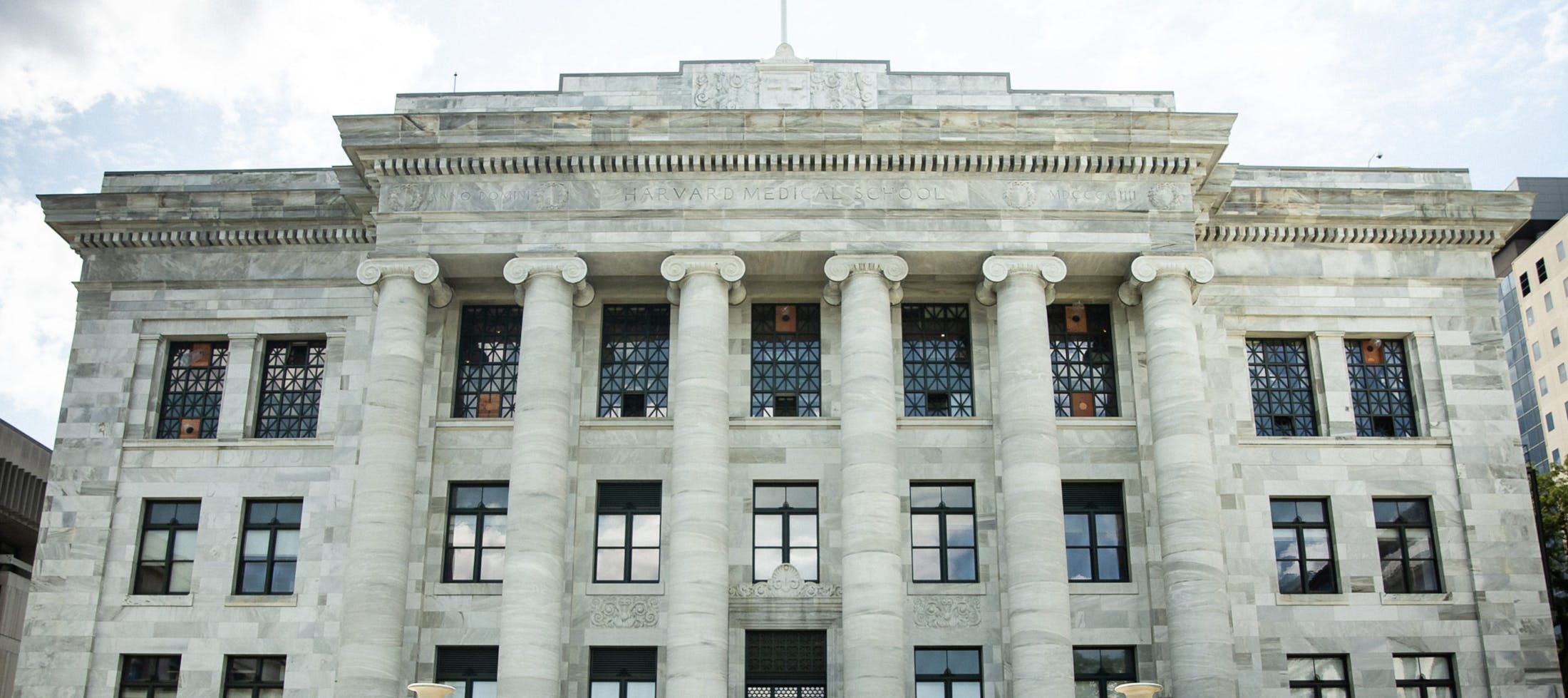Facial paralysis, often caused by conditions like Bell's Palsy or nerve trauma, can lead to the loss of vital facial functions, including smiling.
What is the procedure?
Our gracilis-free tissue transfer in Boston, also known as a gracilis-free flap, is performed under general anesthesia for your comfort. Skilled surgeons make an incision on the affected side of your face that extends into the neck beneath the jawbone, following natural skin creases. Through this incision, they identify the blood vessels in your face that will supply the transplanted gracilis muscle once in place. A small incision is made along the upper inner thigh to harvest the gracilis muscle and its associated blood vessels and nerves. After harvesting the muscle and preparing the face for the transfer, the muscle is sewn to the upper lip on the affected side and connected to the blood vessels in your face and the nerve responsible for muscle innervation.




